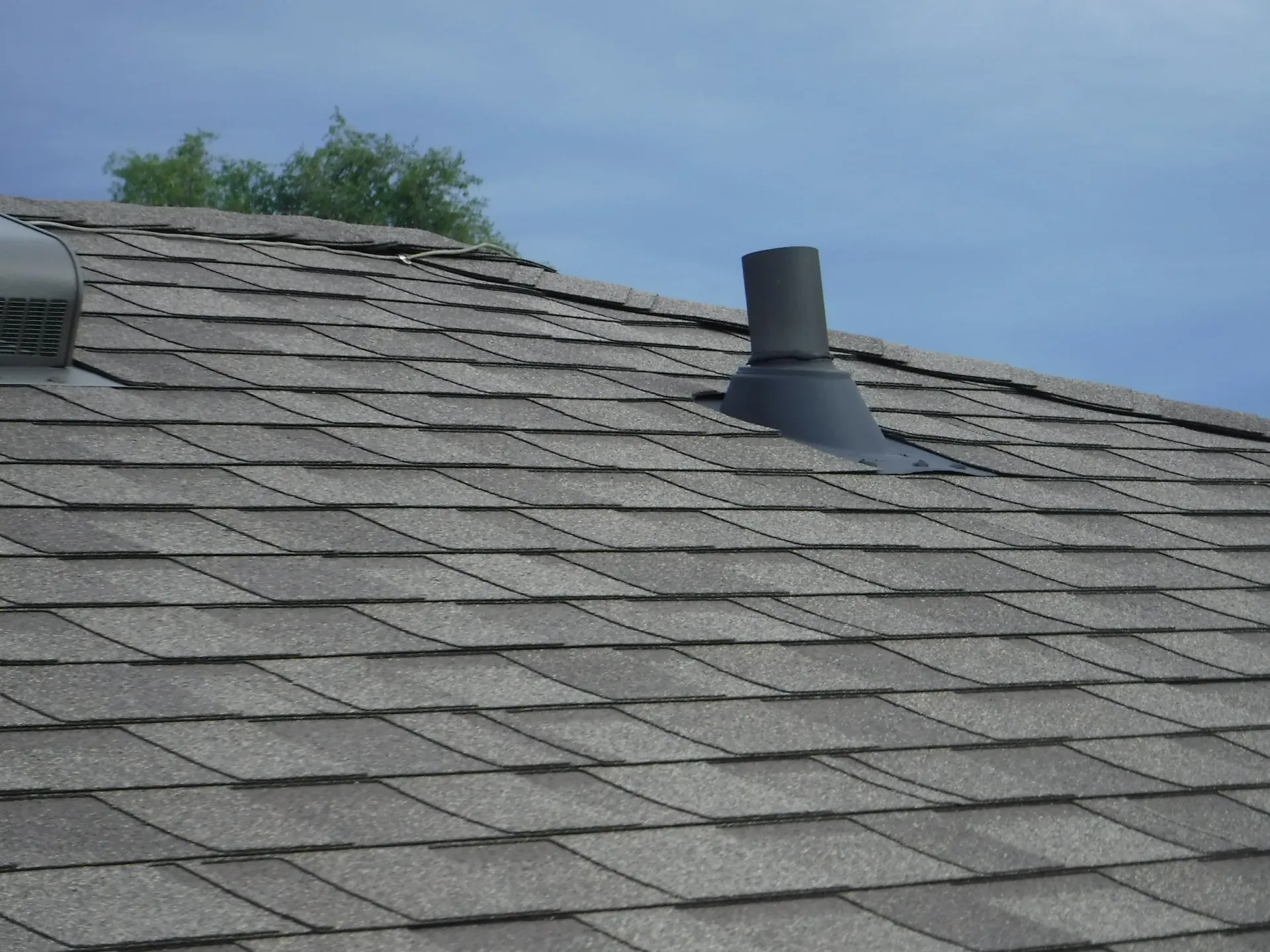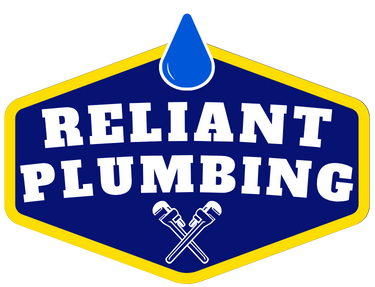
🌀 Plumbing Venting: Why It’s Essential (and What Happens Without It)
Out of sight—but not optional. Plumbing vents are crucial for safe, functional drainage systems.

Introduction
Most homeowners in Cambridge never think about plumbing vents—until a drain starts gurgling, smelling, or draining slowly. But just like water supply and waste lines, venting is a key part of any plumbing system.
Without it, your home could face everything from slow drainage to sewer gas odors and even unsafe pressure imbalances.
In this post, we’ll break down how plumbing vents work, why they matter, and what warning signs to watch for.
1. What Are Plumbing Vents?
Plumbing vents (also called vent stacks or vent pipes) don’t carry water—they carry air.
Their job is to:
- Equalize air pressure in your drain lines
- Let sewer gases safely exit your home
- Help water flow smoothly by preventing vacuum lock in pipes
They usually run vertically through your roof, although there are other venting methods used for certain renovations or basement bathrooms.
2. Why Venting Is Essential for Drainage
Every time you use a toilet, faucet, shower, or appliance, wastewater moves through your home’s pipes. This movement displaces air, and without venting, a vacuum can form—slowing drainage and causing weird noises or backups.
Plumbing vents help:
- Drain water quickly and quietly
- Prevent gurgling or bubbling sounds
- Stop sewer gases from entering your home
- Maintain trap seals (those water-filled curves under sinks and tubs)
Think of vents as the “breathing system” for your plumbing. Without them, the whole network struggles.
3. Common Signs of Poor or Blocked Venting
Many plumbing issues that seem like clogs are actually venting problems. Here's what to watch for:
- Gurgling noises after flushing or draining
- Water backing up in sinks, tubs, or toilets
- Sewer smells coming from drains
- Slow drainage despite clearing the line
- Bubbles rising in the toilet bowl or sink
These symptoms often appear when a vent is clogged by debris, ice, or animal nests, or if a remodel removed a crucial vent without replacing it properly.
4. Different Types of Plumbing Vents
Depending on your home’s layout and age, you may have one or more types of venting:
🏠 Roof Vent Stack
Standard vertical vent pipe through the roof. Most common.
🔁 Air Admittance Valve (AAV)
A one-way valve that opens to allow air in but not out—used in island sinks or where vent stacks aren't practical.
🧰 Loop or Studor Vents
Often used in kitchen islands or renovations. Must be properly installed to code.
Each venting method has pros and cons, but all must be sized and positioned properly to prevent problems.
5. What Happens If Plumbing Isn’t Vented Properly?
Inadequate or missing vents can lead to:
- Frequent backups or slow drains
- Sewer gases entering your home (a serious health hazard)
- Dry traps that allow insects and odors inside
- Violations of Ontario plumbing code (especially important for renovations or additions)
Improper venting can even cause damage to your plumbing system due to pressure buildup or siphoning.
6. Can You Add or Repair Plumbing Vents?
Yes—especially in older Cambridge homes or finished basements where vents may be missing or blocked.
Situations where venting may need updating:
- Basement bathrooms added without proper venting
- Renovated kitchens or laundry rooms
- Roof vent stack frozen or clogged
- Existing vent not meeting updated building codes
Licensed plumbers like those at Reliant Plumbing can evaluate your system, install new vents or AAVs, and bring your plumbing up to modern standards.
Final Thoughts
Your drains may be silent, but they rely on air movement to work properly—and that’s where plumbing vents come in. From preventing sewer smells to helping waste flow smoothly, vents are a critical part of a healthy plumbing system.
If your drains gurgle, back up, or smell off, it might not be a clog—it might be a venting issue. Call Reliant Plumbing to assess your system and make sure everything is functioning (and venting) the way it should.
